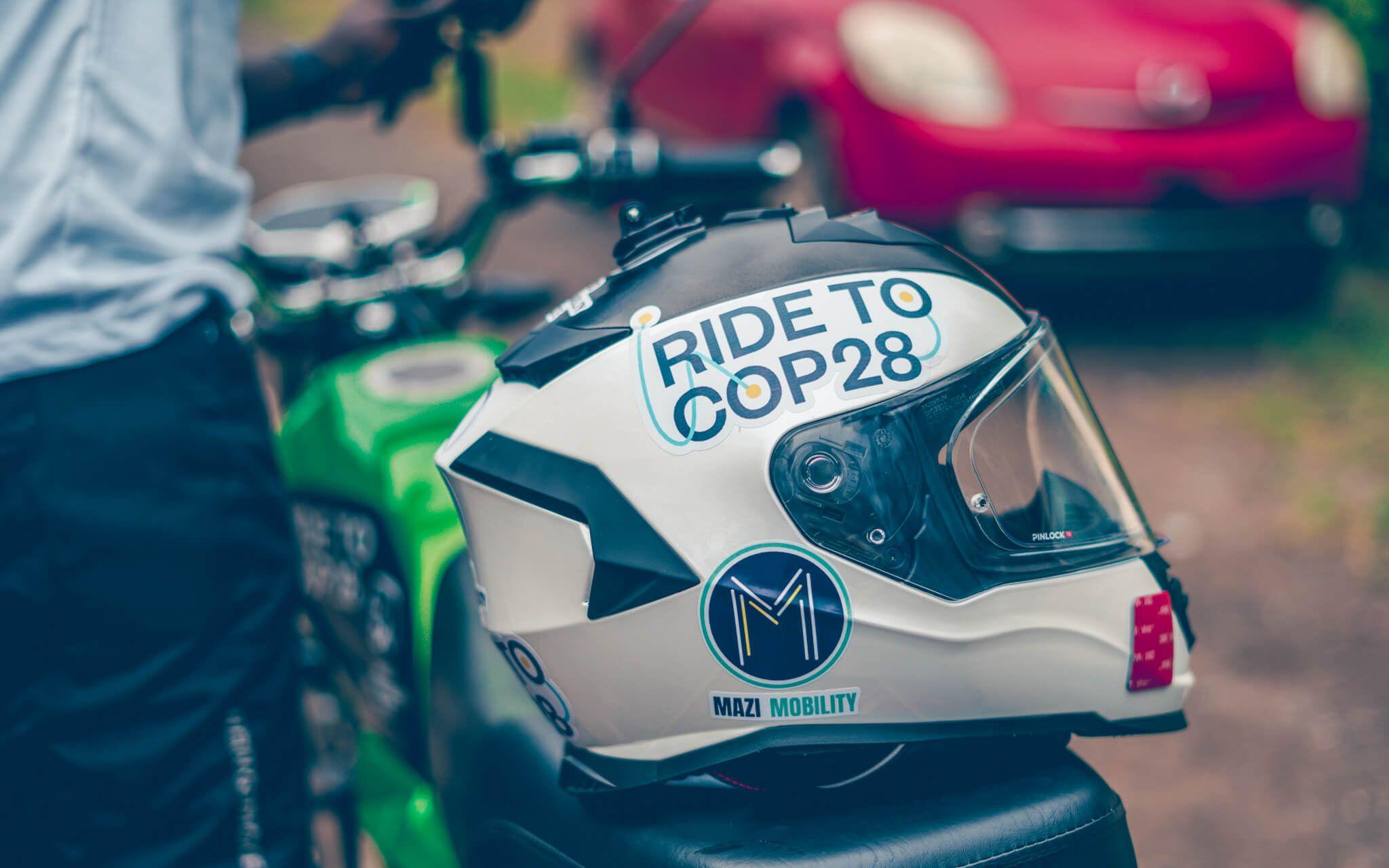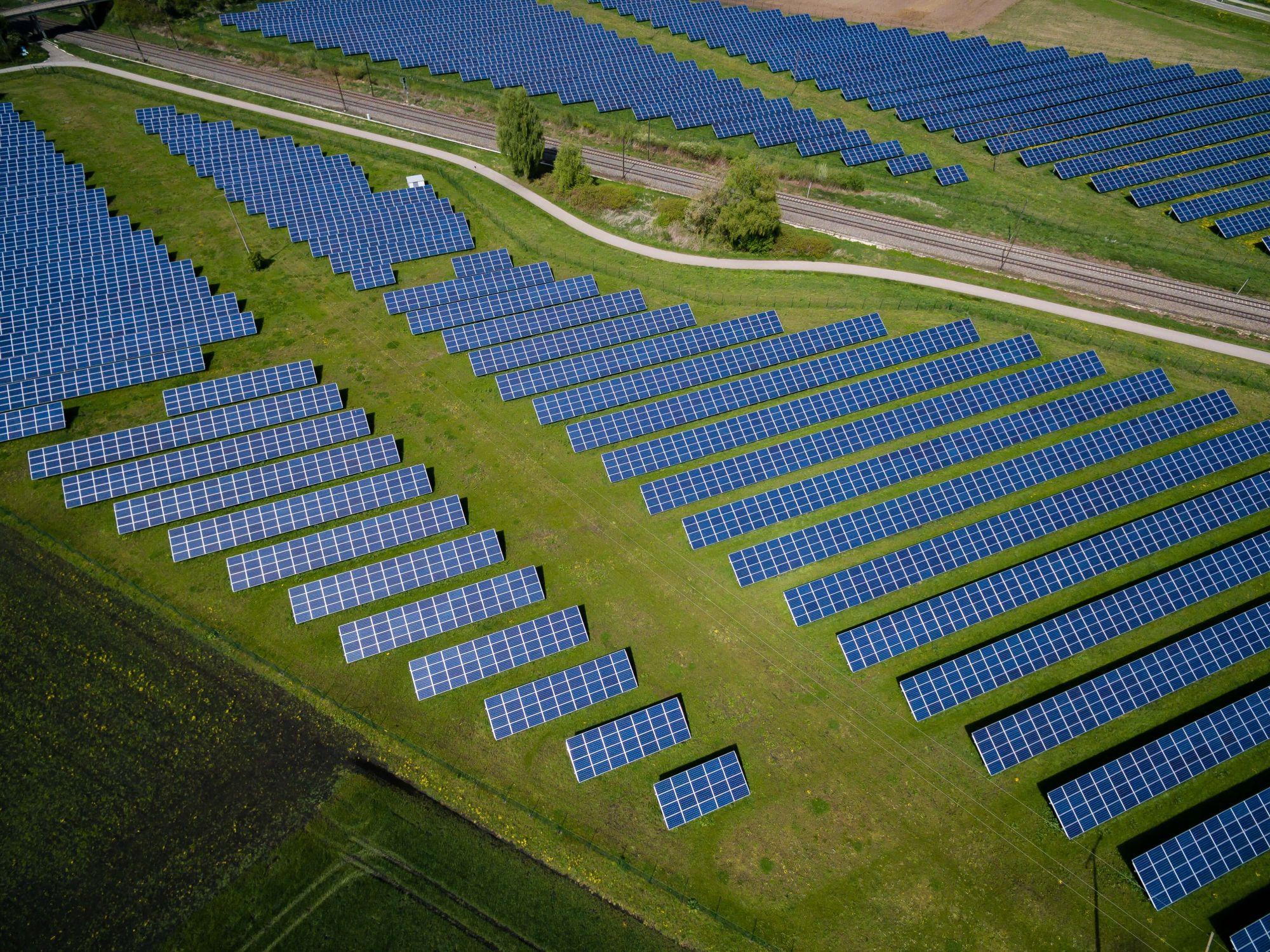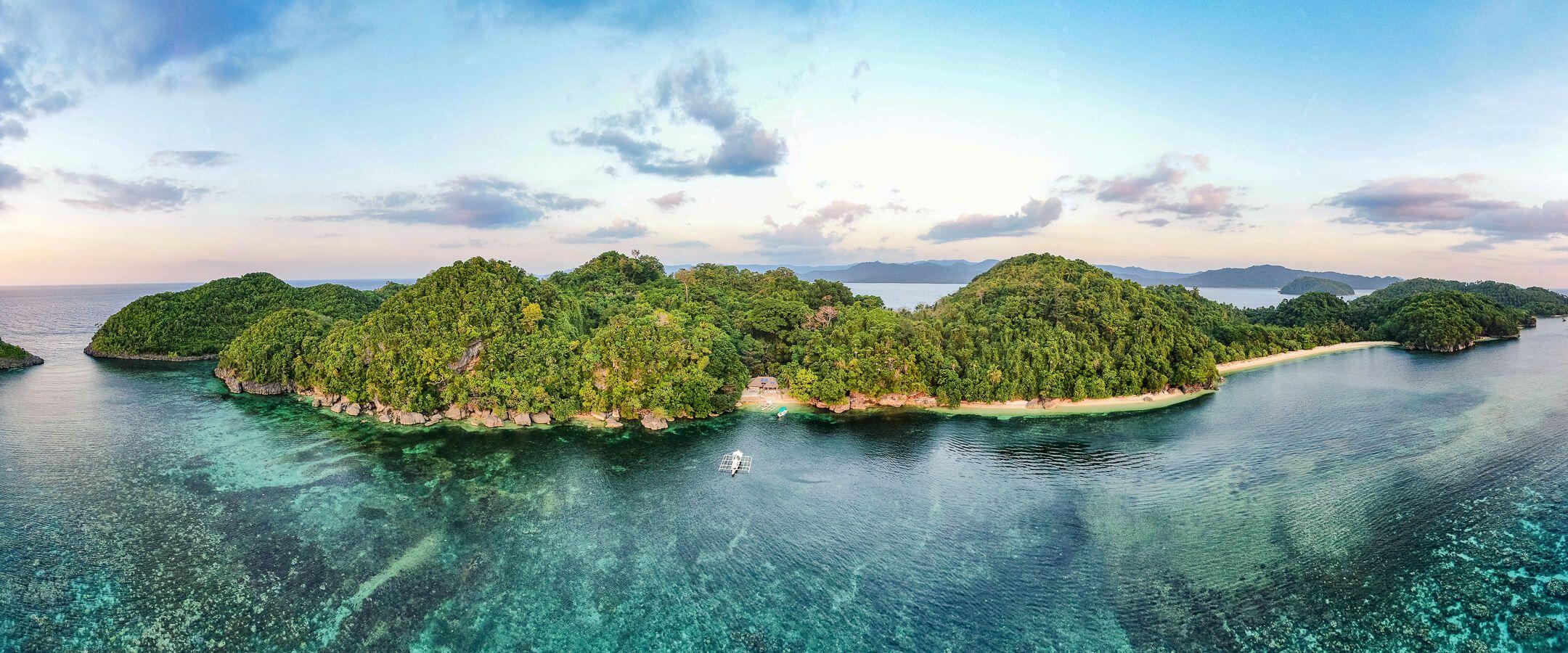Reclaiming the World’s Rivers
With thousands of dams built each year, our planet’s rivers face an unprecedented crisis. Once hailed as marvels of engineering and clean energy, these massive structures are now recognised as major threats to ecosystems, Indigenous communities and our climate. Rios to Rivers, however, is reclaiming the river.
"When you put a dam on a river, it's basically like blocking an artery in your body," explains Weston Boyles, founder and director of Rios to Rivers. "Rivers are the earth's immune system. They help clean and bring nutrients through the natural systems within a river basin."
The scale of the world’s dam problem is staggering. There are over 91,000 dams in the United States, and more than 800 new hydroelectric dams are planned or under construction in the Amazon basin. Weston paints a vivid picture of the damage these dams inflict: "For fish, it reduces their upstream navigation to lay their eggs. A dam cuts out sediments that are going downstream, and those sediments create river bars where fish lay their eggs. In a dammed river, those sediments don't continue to flow downstream."
But the impacts go far beyond aquatic life. Alarmingly, flooded vegetation in reservoirs produces methane – a potent greenhouse gas. "Some dams can produce as much climate-impacted gas as a coal-fired power plant," Weston explains, challenging the notion of hydropower as clean energy.
The human cost is equally devastating. "All civilisation was born on the banks of rivers," Weston notes. "When you flood those, you're hurting the ecosystem, as well as displacing people who live in these areas."
Indigenous communities, in particular, bear the brunt of these projects, losing ancestral lands and traditional ways of life. Weston cites a particularly alarming example: "It's a pretty scary project," he says, referring to proposed dams on the Beni River in the Bolivian Amazon. "It would flood one of the most biologically diverse national parks in the world and displace over 5,000 Indigenous people."
"In the Amazon, communities need to feel they have allies within the international community to back them up—they can feel pretty isolated, threatened, and alone in their fights."
For Weston, international solidarity is crucial to building bridges and creating change.
A River of Ideas
Growing up in the mountains of Colorado, Weston points to family life as the source of his passion for conservation - climate discussions were a constant at the dinner table. "I was fortunate to have parents connected with environmentalists," he recalls. "Whether it was talking about deforestation or damming of rivers, it was always a big topic."
But it was a kayaking trip down Chile's Baker River in his early twenties that truly set Weston on his path. A chance encounter with a local youth kayaking club when he was 24 years old sparked an idea that would lead to the founding of Ríos to Rivers in 2012.
"We realised these students had never seen a dam before in their lives," Weston explains. "And that was the aha moment. Here are these students; they're amazing spokespersons for the river, but when you ask them what they feel about the ways dams could impact where they come from, they didn't have an understanding of what was being proposed."
This realisation inspired Weston to create Ríos to Rivers, a non-profit organisation that connects youth from different river environments through innovative exchange programs.
Connecting Across the Water
Since its inception, Ríos to Rivers has engaged 234 underserved and Indigenous youth from 20 endangered river basins across seven countries. These programs allow students to experience both the environmental cost of dams and the serenity of healthy river ecosystems.
The organisation tackles this complex issue through three main projects. One of these, the Paddle Tribal Waters program in the United States, is training Indigenous youth to make the first descent of the Klamath River once four major dams are removed—the largest dam removal project in history.
“There's a lot of Indigenous history within the Klamath Basin,” Weston explains, “and these youth are doing a series of programs so they can hold that exciting piece of history – to make the first descent of the river.” This program celebrates a historic achievement and reconnects Indigenous youth with their ancestral waters.
"For the last twenty years, there have been some very concerted efforts to remove the dams, thanks to the tribes and other non-profits," Weston adds, highlighting the long struggle that has led to this moment.
In Bolivia, the Amazonian Rivers Initiative brings together youth from different parts of the river basin to address dam proposals and the devastating impacts of mercury pollution from gold mining.
Communication in these two remote areas is tricky; connecting lower basin to upper basin youth has led to eye-opening discussions about how mining upstream impacts communities downstream.
Meanwhile, in Chile, the Kayakimün project empowers Mapuche-Pehuenche youth to advocate against further damming of the Biobío River. The project goes beyond learning to kayak by offering leadership and advocacy skills. "It also brings some hope, joy, and resiliency to show themselves and the world around them that they can get out on the river and still connect," Weston adds.
Going down a river is an incredible way to advocate for it and understand it.
Charting the Rivers’ Stories
What sets Ríos to Rivers apart is its engagement approach. The organisation offers free programs that blend adventure, cultural exchange and advocacy. "We're not asking for something," Weston emphasises. "We're offering something."
"Going down a river is an incredible way to advocate for it and understand it," Weston explains.
Through activities like whitewater kayaking and filmmaking, youth gain a deep, personal connection to the waterways they're fighting to protect. This immersive approach educates and inspires a lasting commitment to river conservation.
"Storytelling is core to Indigenous knowledge and a key way to create change," Weston adds. By amplifying youth voices and connecting communities through these shared river experiences, Ríos to Rivers creates a powerful ripple effect that extends far beyond the riverbanks.
A Current of Change
Today, past participants of the program have expanded their impact: some study environmental law or resource management, others become fishing guides or work in river recreation, showcasing alternatives to damming. A few have even returned to work for Ríos to Rivers, completing the mentorship circle.
Of course, challenges remain. "I think the biggest obstacle is funding," Weston admits. “We provide 100 per cent free programming for these underserved Indigenous youth, but it's a lot of money to raise to make these programs happen."
Ríos to Rivers is creating a new generation of river defenders. As Weston poignantly observes, "When you have a little girl pulling on her dad's shirt or saying, 'Hey, why are you so for this project that's going to destroy?' That's a moment that you can see change within an adult taking place."
In this way, Ríos to Rivers isn't just protecting rivers – it's nurturing the human connections that flow between generations, cultures, and communities, creating a powerful current of change.
Through their work, they remind us that the health of our rivers is inextricably linked to the health of our communities and our planet.
Most Popular
The Climate Tribe delivers stories about Biodiversity and Conservation, Circular Economy, Food and Water , and how they intersect with climate.
Subscribe
Get the latest stories inspiring climate action around the globe straight to your inbox.





